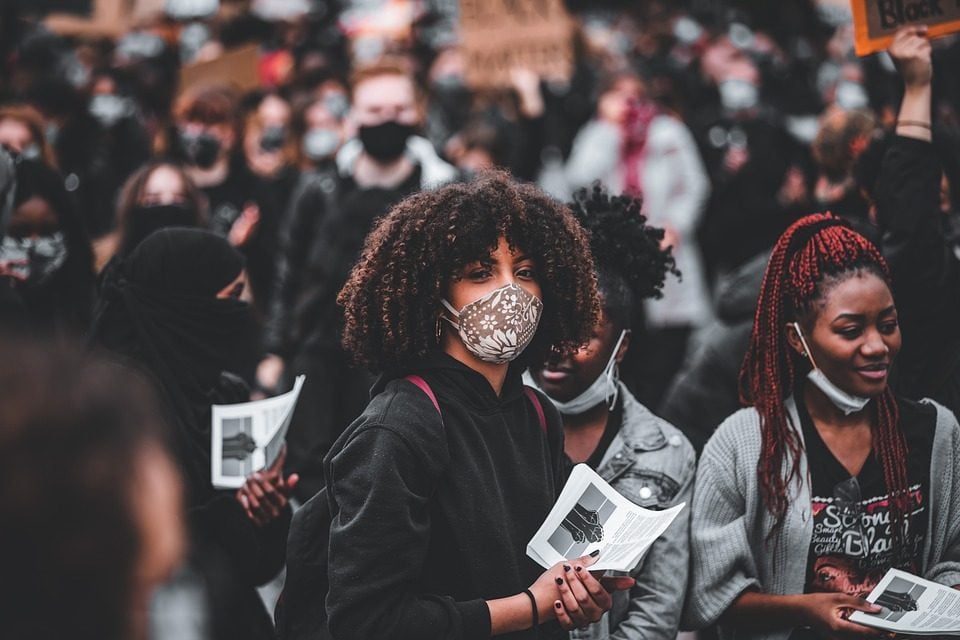Shopping malls in the U.S. are seeing foot traffic return to close to pre-COVID-19 pandemic levels amid what analysts say is a surprising turnaround for the industry.

Indoor shopping malls were hard hit during the pandemic as shoppers chose to stay at home rather than venture outside. And with the rise of e-commerce and curbside pickups, many felt that the retail sector was headed towards an apocalypse.
But against all the odds it seems that foot traffic in malls is recovering fast, with overall visits and consumer behavior quickly returning to normal levels as the U.S. begins reopening given Americans' proclivity to follow fast fashion. That’s according to data from the location intelligence firm Placer Labs Inc., which covers 100 indoor and 100 outdoor shopping centers. It found that mall visits in July 2021 slightly exceeded the level of traffic seen in July 2019.
At the height of the pandemic there were many pessimistic predictions from experts saying indoor malls were doomed and would struggle to regain their appeal among shoppers. But those predictions are proving to be inaccurate, as indoor malls are demonstrating their sustainability. Placer Labs said it expects foot traffic to increase even more in August as back-to-school sales get underway, putting the retail sector’s recovery in-line with many other industries that were hard-hit by the pandemic.
Shopping malls that have recently been renovated, such as Scottsdale Fashion Square in Arizona, did especially well, the data suggests, hitting traffic levels that surpassed what they saw pre-pandemic. The data also shows that competition between malls is higher than ever, and that forecasts of a decline in indoor malls were wildly exaggerated.
Still, its notable that the mall traffic recovery varies quite a bit according to location. For instance, The Mall of America in Bloomington, Minnesota, which is the largest mall in the U.S., reported traffic that’s down 10% from its 2019 level. And the King of Prussia mall in Pennsylvania, the nation’s third-largest, saw traffic that’s 2.4% lower than what it was two years ago.
Experts say that shopping centers in suburban areas have generally recovered faster than those in urban areas, and that vacancy rates in the latter will continue to exceed those of suburban malls and strip malls for the rest of the year.